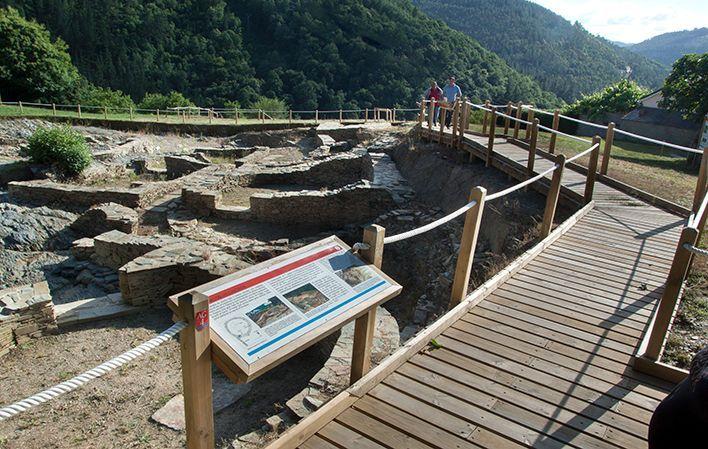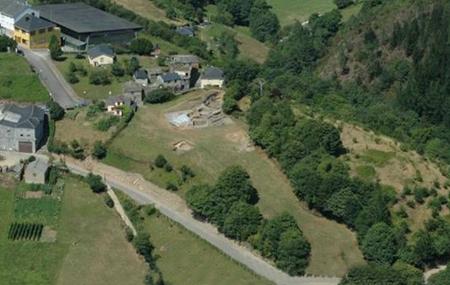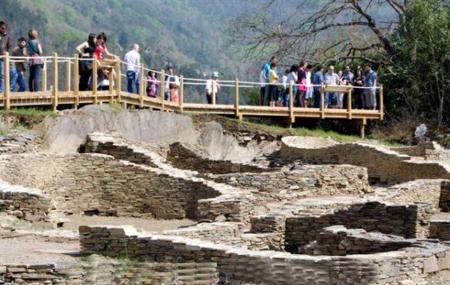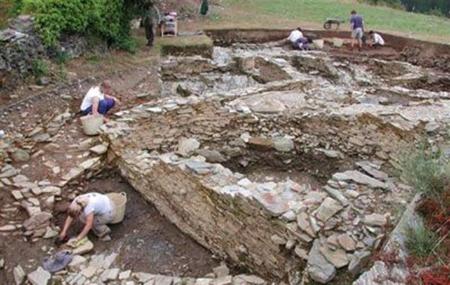
Os Castros Hillfort
- Location Taramundi Western Asturias
- Address Address: ■ 33775 - Taramundi
- Phone Phone: 985 646 877
- Email Email: turismo@taramundi.net
- Schedules and prices: View
- Documents Documents: Further information (PDF, 1147 KB)
Images
Info
The site, known as Os Castros, is located in the capital of the council of Taramundi. A large part of its surface has remained outside the urban development of the municipality, although the road that descends towards Mazonovo meant the destruction of some huts and part of the wall.
In the year 2000, archaeological excavations began under the sponsorship of Taramundi Town Council, the Department of Culture of the Principality of Asturias and the meritorious collaboration of the local hoteliers' association ANTURTA.
The site was recognised as a fortified settlement in 1969 by José Manuel González, who recorded it under the name of "El Castro". It is located at an altitude of 230-250 m above sea level and extends over an area of about 2 ha. It is therefore one of the largest fortified settlements catalogued in the Navia-Eo hinterland. The settlement was delimited to the north by a deep ditch cut into the rock with escarpments that were more than 4 m deep and 6 m wide.
Archaeological excavations began in July 2000 as part of the activities included in the Navia-Eo Basin Archaeological Plan. So far, up to a dozen organised buildings, a castreña sauna, several sections of streets and fortifications corresponding to different periods of the settlement have been exhumed to varying degrees.
Os Castros, in the council of Taramundi, was catalogued in 1969 by José Manuel González, who recorded it under the name of "El Castro". It is one of the largest forts in the interior lands of Navia-Eo, with a surface area of about 2 ha. In 1992, Elías Carrocera carried out the first archaeological intervention. Since 2000 there have been successive summer campaigns under the direction of Alfonso Menéndez Granda, José Antonio Fanjul Mosteirín and Ángel Villa Valdés.
The excavations reveal a long-term occupation that extends from the end of the Bronze or Early Iron Age to the Roman period. The excavated constructions include, in addition to several stretches of wall, a dozen buildings and an indigenous sauna. The Roman presence can be traced back to the middle of the 1st century AD. It is not yet possible to determine the end of the settlement's occupation, although it was certainly inhabited for much of the 2nd century.
Guided tours at Easter and in summer.
Schedules and prices
- Guided tours: Easter and summer. Rest of the year free visit
- Free
How to get here
First Name: Os Castros Hillfort
GPS: 43.358885,-7.107012
Address: ■ 33775 - Taramundi



